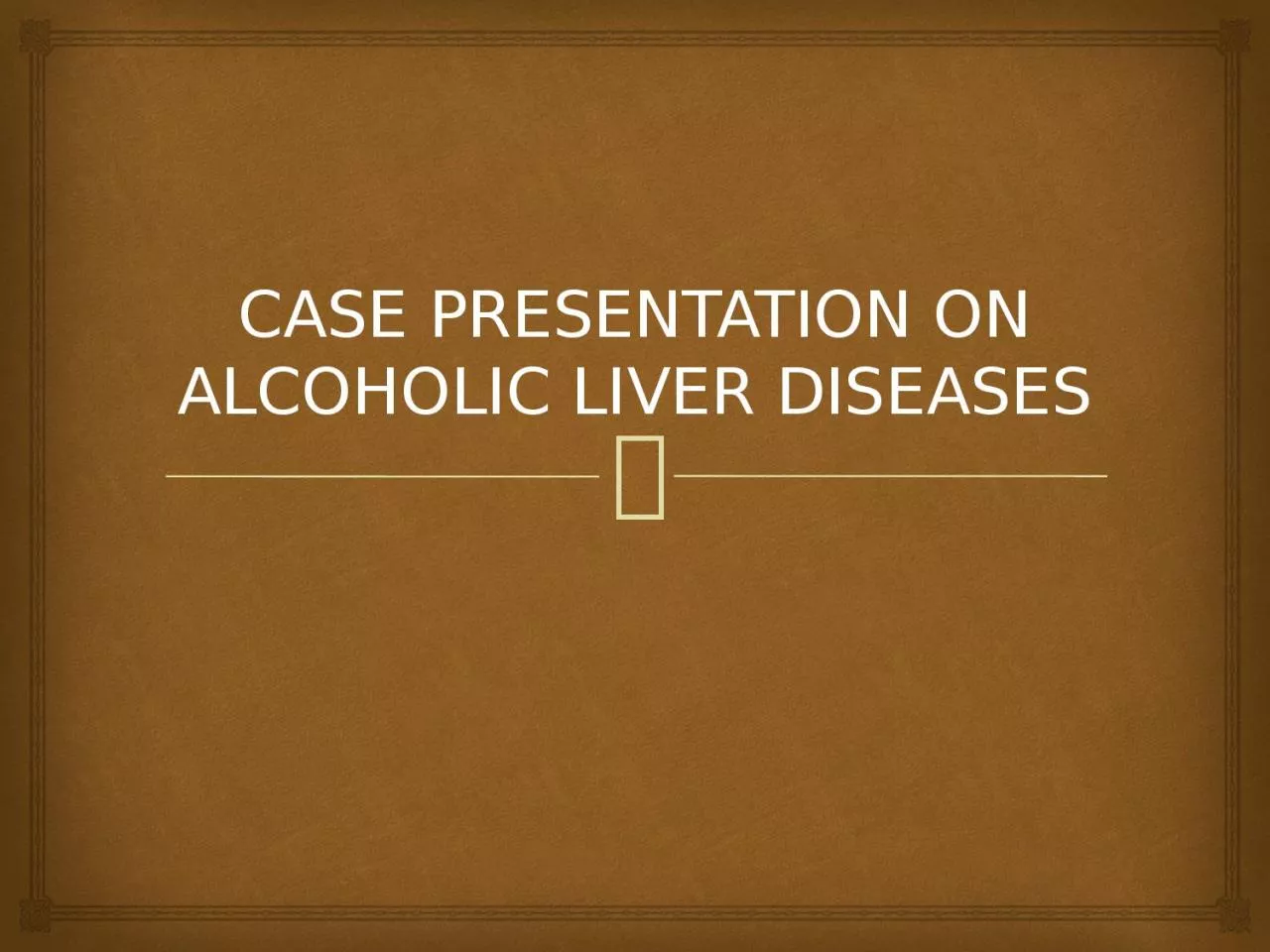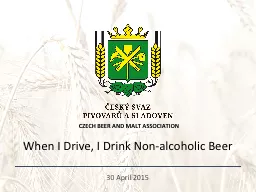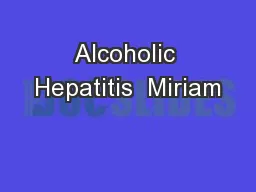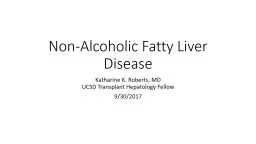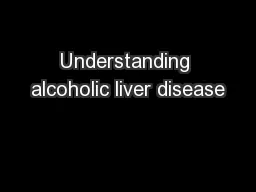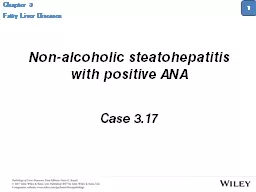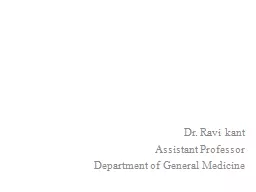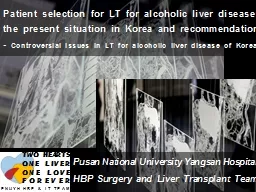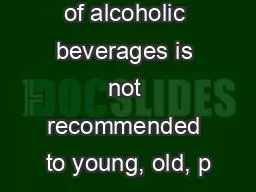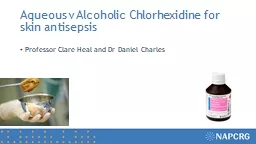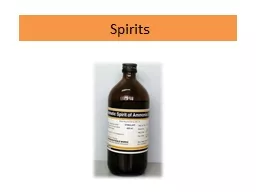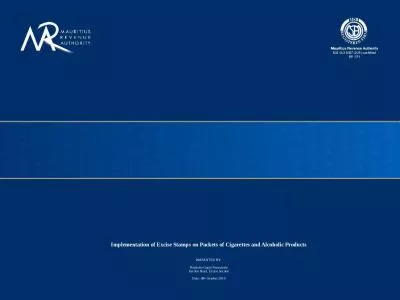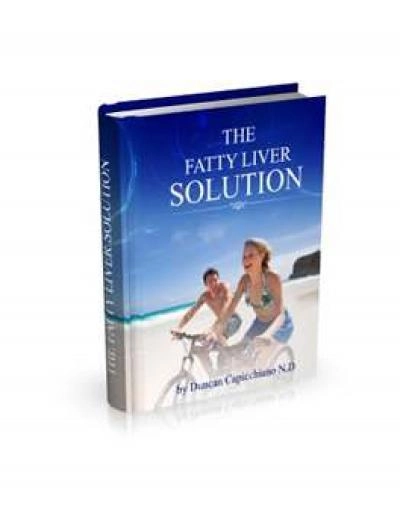PPT-CASE PRESENTATION ON ALCOHOLIC LIVER DISEASES
Author : sadie | Published Date : 2022-06-28
SCENARIO Here is a 68y old male patient admitted to k block and diagnosed as alcoholic liver disease liver cirrhosis ascites and portal hypertension and hospitalised
Presentation Embed Code
Download Presentation
Download Presentation The PPT/PDF document "CASE PRESENTATION ON ALCOHOLIC LIVER DIS..." is the property of its rightful owner. Permission is granted to download and print the materials on this website for personal, non-commercial use only, and to display it on your personal computer provided you do not modify the materials and that you retain all copyright notices contained in the materials. By downloading content from our website, you accept the terms of this agreement.
CASE PRESENTATION ON ALCOHOLIC LIVER DISEASES: Transcript
Download Rules Of Document
"CASE PRESENTATION ON ALCOHOLIC LIVER DISEASES"The content belongs to its owner. You may download and print it for personal use, without modification, and keep all copyright notices. By downloading, you agree to these terms.
Related Documents

